Many people know of the DC-10 and the MD-11 tri-jets, but where does the MD-10 designation comes from? And how is it special?
As many aviation enthusiasts know, the DC-10 tri-jet was one of the three original “Jumbos”. The other two were the Lockheed L-1011 Tristar and of course Boeing’s 747. While most people came to associate the term ‘Jumbo’ with the latter, initially it applied to all three widebody designs. The 747 was unquestionably the most successful. The DC-10 fared reasonably well, evolving into the MD-11 much later. And the MD-10?
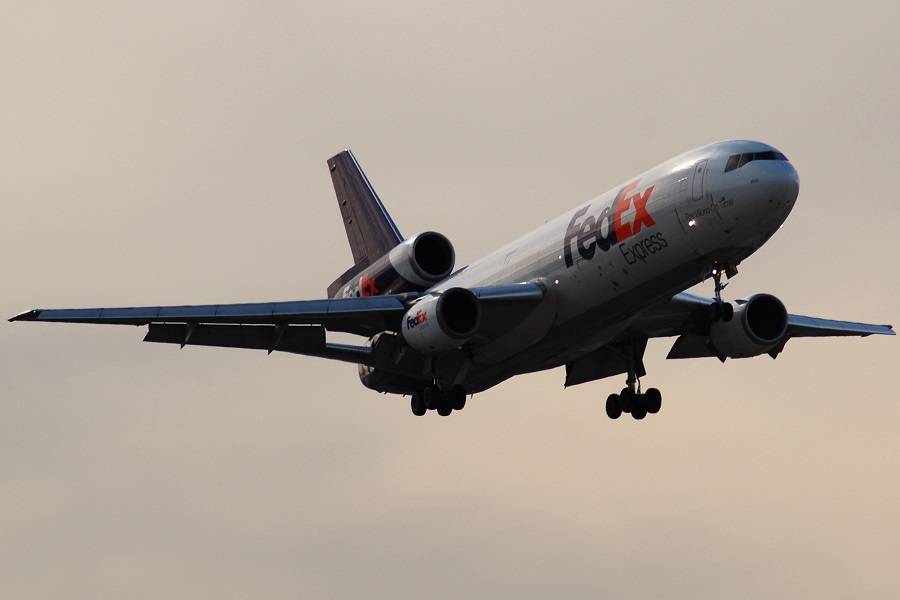
First of all, it is a bit odd that the DC-10 had the name it had. The ‘DC’ designation applied to Douglas aircraft. ‘MD’ was for McDonnell Douglas, after the merger between Douglas and McDonnell. Technically, the DC-10 should have been the ‘MD-10’ to begin with, because it came some years after the merger. However the name ‘DC-10’ had stuck, since the jet’s development had began before the merger.
The MD-10 Upgrade
Initially, the aircraft had some teething problems, that many blame on the ‘race’ between the three manufacturers. Eventually, sales waned, and technology had moved on. So McDonnell Douglas introduced the longer MD-11, with a higher gross weight and new, more efficient engines. Also, this new jet had a modernized glass cockpit and most importantly, a crew of two. The DC-10 had two pilots and a flight engineer.
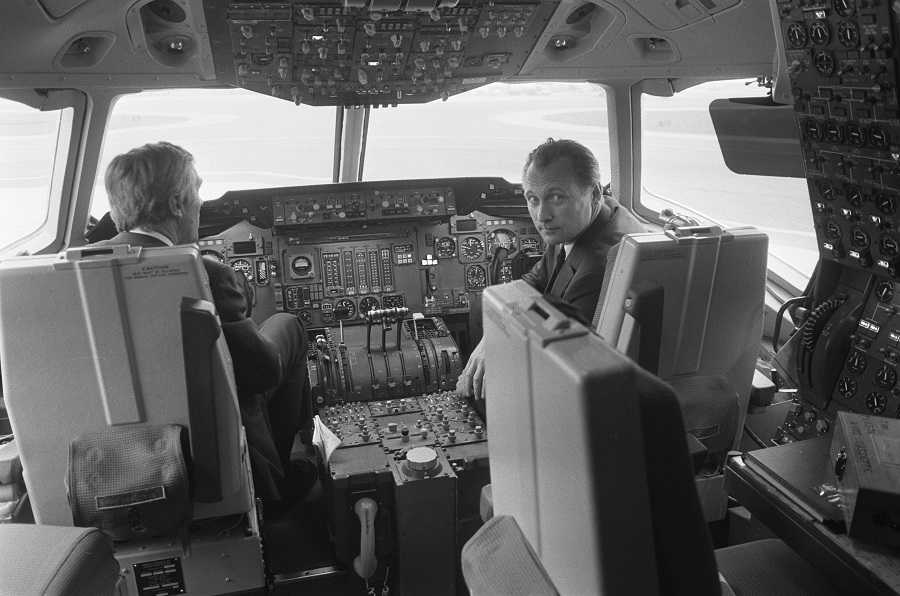
And that, finally, brings us to the MD-10. Many airlines wound up using both the DC-10 and MD-11. This was especially true for cargo airlines, of whom FedEx Express continues using both types today. Except that their DC-10s are no longer DC-10s, because the airline converted all of them to the MD-10 standard.
Predictably, the MD-10 upgrade centers around the cockpit. The new standard has the name “Advanced Common Flightdeck”, and mirrors the MD-11 cockpit with numerous upgrades. This of course eliminates the position of the flight engineer, and allows crews to jump between the two types with the same type rating. When McDonnell Douglas and Boeing merged, the upgrade fell under Boeing’s freighter conversion program.

A Unique Transformation
What makes this cockpit upgrade so special is how transformative it is. We have seen cockpit comprehensive upgrades before. A Recent example is the one UPS is implementing right now, on its Airbus A300-600RF fleet! As we explained, these aircraft are much younger and have many fewer hours than other, more modern freighters. But as terms go, “comprehensive upgrade” has a new meaning in the case of the MD-10 program.
As impressive as cockpit upgrades may look, they rarely make fundamental changes. Newer, bigger screens that combine different instruments are nice, but they generally change little about how pilots use these instruments. FMC upgrades can introduce new functionalities and… approaches, as was the case with the UPS A300-600. Boeing offers similar upgrades for the 757/767 family, too.
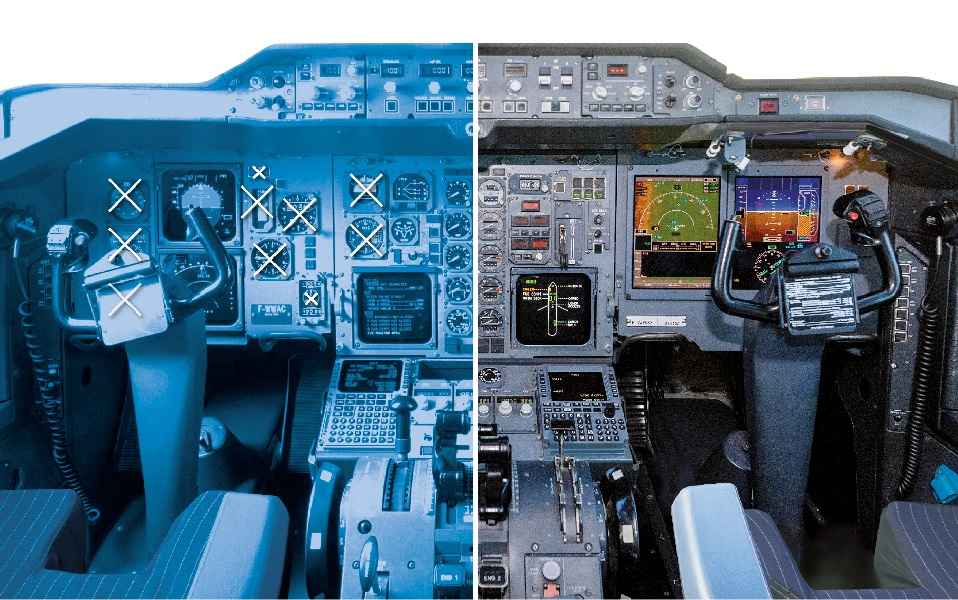
By contrast, the MD-10 Advanced Common Flightdeck upgrade fundamentally changed how pilots operate these aircraft. Of course most of the work was already there, from when MDD developed the MD-11. With aircraft systems generally following the same pattern, the company simply had to work out how to apply the changes as a retrofit.
MD-10 Present – And Future?
We also don’t really have many examples of aircraft that transitioned from three to two cockpit crew, between different generations. Some see the 737 as a radical update of the 727. The latter had a flight engineer, and got few updates; no EFIS and certainly not an eliminated flight engineer. Military KC-135 and 707-based variants got multiple updates, including EFIS screens. But unlike the MD-10, they still have their flight engineers.
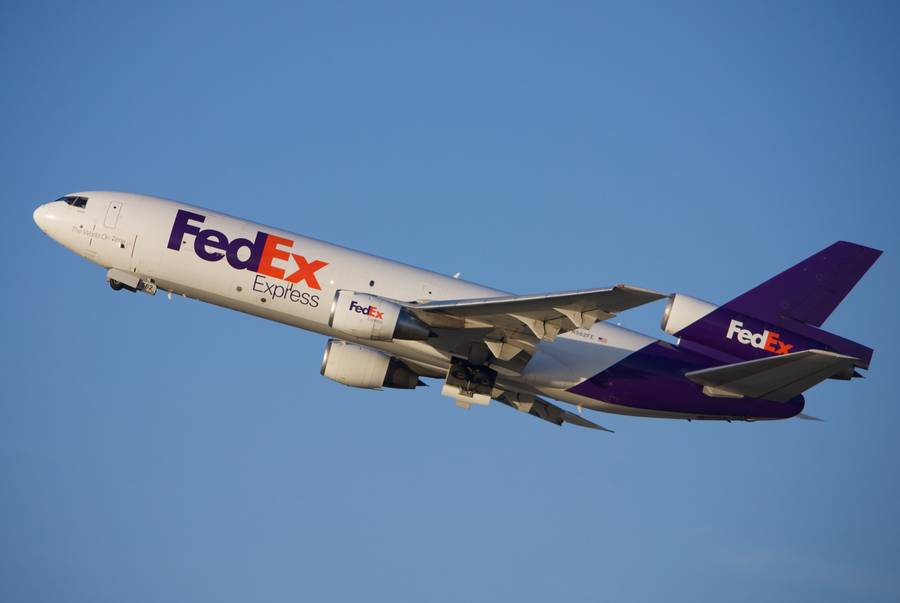
Unfortunately, these old trijets are reaching the end of their time in service. Passenger versions of DC-10s have long retired, or underwent freighter conversion. FedEx recently announced that they will retire their remaining MD-10 aircraft by 2023. They already retired the last MD-10-10 model. The longer-range -30 variants will be the last to go.
The company presently intends to keep its MD-11s beyond this date. As freighters, these aircraft have one of the widest available fuselages. Only the 777 can hope to replace them. But with a fleet modernization program underway, FedEx could soon retire those, as well.
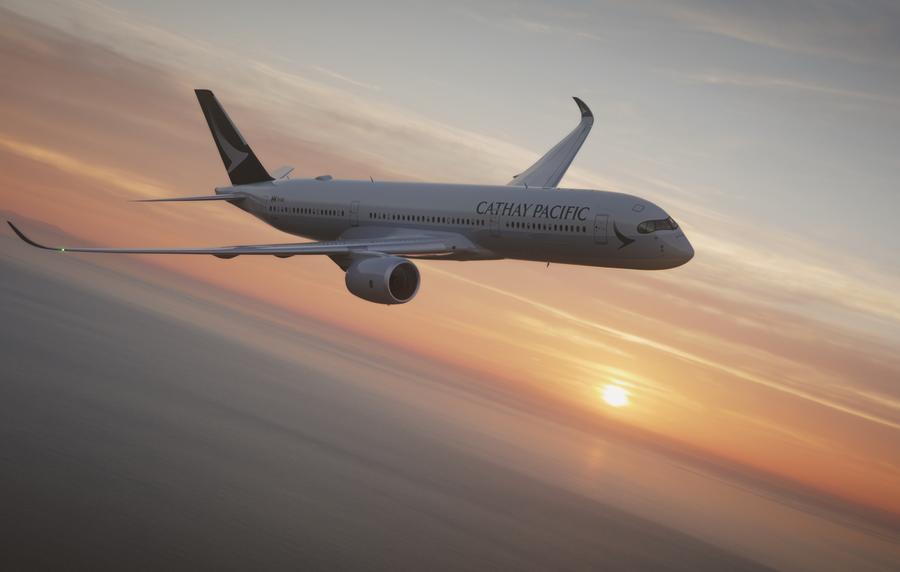
With few remaining three-person crew aircraft still in service, we are unlikely to see a cockpit program as transformative as the MD-10. However, we could soon see calls for a transition from two pilots to one. This is something we looked at recently. But even if it happens, those cockpits will still have two seats in them. And the planes will still have two pilots on board. For more on that, go HERE.




1 comment
John H. Johnson
Question – Did Boeing correct the design flaws in the DC10 that had made it one of the most unsafe aircraft?
For example, pre-Fly by Wire, the DC10 had redundant mechanical control cables routed down the center line of the cabin floor. Rapid pressurization loss caused the floor to buckle and pilots had no control. (Boeing ran theirs on opposite sides of the fuselage)
This is only one example of different design philosophy of MD vs Boeing related to safety. The DC10 was the subject of a damning book, “Destination Disaster”, aviation’s equivalent to “Unsafe At Any Speed”. Interesting reading…